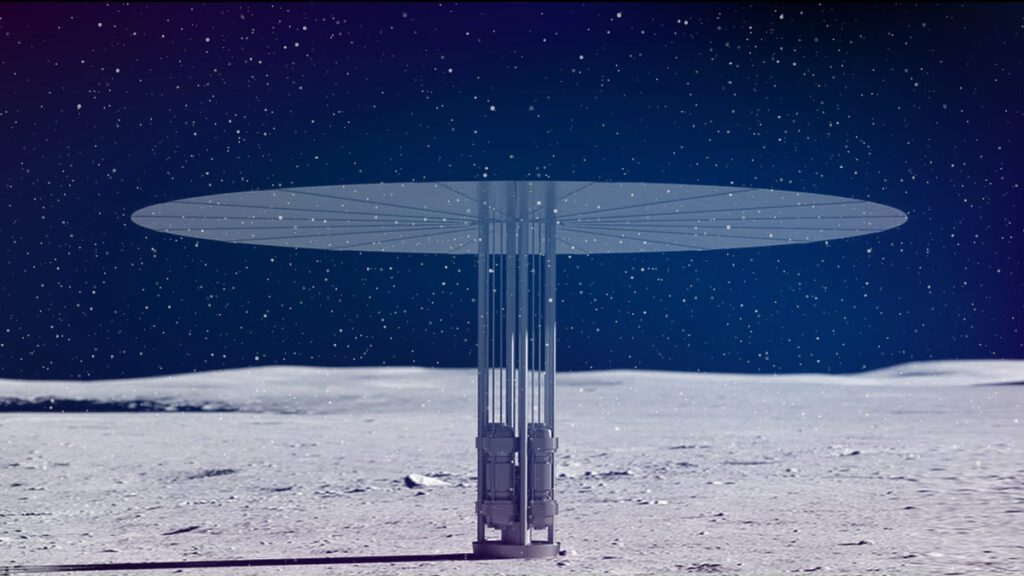
The U.S. and NASA will soon put nuclear power on the Moon thanks to Department of Energy (DOE) cooperation. The space agency announced on its website that three design proposals for a nuclear fission system that may be installed on the lunar surface had been shortlisted by the agencies, and the promise of at least one of the designs being launched by 2030
Through its Artemis program, which recently finished its wet-dress rehearsal, NASA has grand aspirations to send people back to the Moon. By 2025, NASA hopes to launch a manned journey to the Moon’s south pole as part of this program. The Artemis program’s goal, nevertheless, is to stay on the Moon rather than just visit there, in contrast to earlier lunar missions.
How a proposed settlement will be powered is one of the major obstacles that need to be overcome for humans to stay on the Moon. Solar panels are excellent for powering rovers, but a consistent and dependable source of power will be needed for the human settlement. Nuclear fission has been a popular choice among scientists since it has a long history of use on Earth and putting nuclear power on the Moon can be as easy as transporting said fission reactors.
Putting Nuclear Power on the Moon
NASA considered many suggestions for a 40-kilowatt class fission reactor demonstrator that will be able to operate in the lunar environment for at least ten years using DOE’s experience in the field. Three design proposals provided for putting nuclear power on the Moon.
Westinghouse, based in Cranberry Township, Pennsylvania; Lockheed Martin, situated in Bethesda, Maryland; and IX, a partnership between Intuitive Machines and X-Energy, based in Houston, Texas.
For its proposal, Lockheed Martin has teamed up with two businesses, one of which is BWXT, which also recently obtained a contract from the U.S. Department of Defense to construct a portable nuclear reactor with a megawatt-scale.
On this project, Westinghouse is working with Aerojet Rocketdyne, while IX is working with Maxar and Boeing.
The three businesses mentioned above have been given $5 million contracts by the DOE for Phase I work, which will see them develop their initial concepts over a 12-month period. Idaho National Laboratory, whose director John Wagner stated after the contracts were awarded stated that the Fission Surface Power project is a very achievable first step toward establishing nuclear power on the Moon, and looks forward to what the teams will bring forward.
According to the press release, the prize is also intended to assist NASA in gathering crucial data for the development of a fission-powered system that is certified for full flight. By the end of the decade, if everything goes according to plan, one of these systems will be prepared for launch and delivered to the Moon for demonstration.
With this mission, NASA is not just trying to power the human settlement. NASA’s nuclear propulsion systems, which will also have a nuclear reactor at their core, will be improved thanks to the technology. NASA might use nuclear propulsion technologies to help with mission planning for deep space exploration.
“New technology drives our exploration of the Moon, Mars, and beyond,” said associate administrator for NASA’s Space Technology Mission Directorate, Jim Reuter. “Developing these early designs will help us lay the groundwork for powering our long-term human presence on other worlds.”